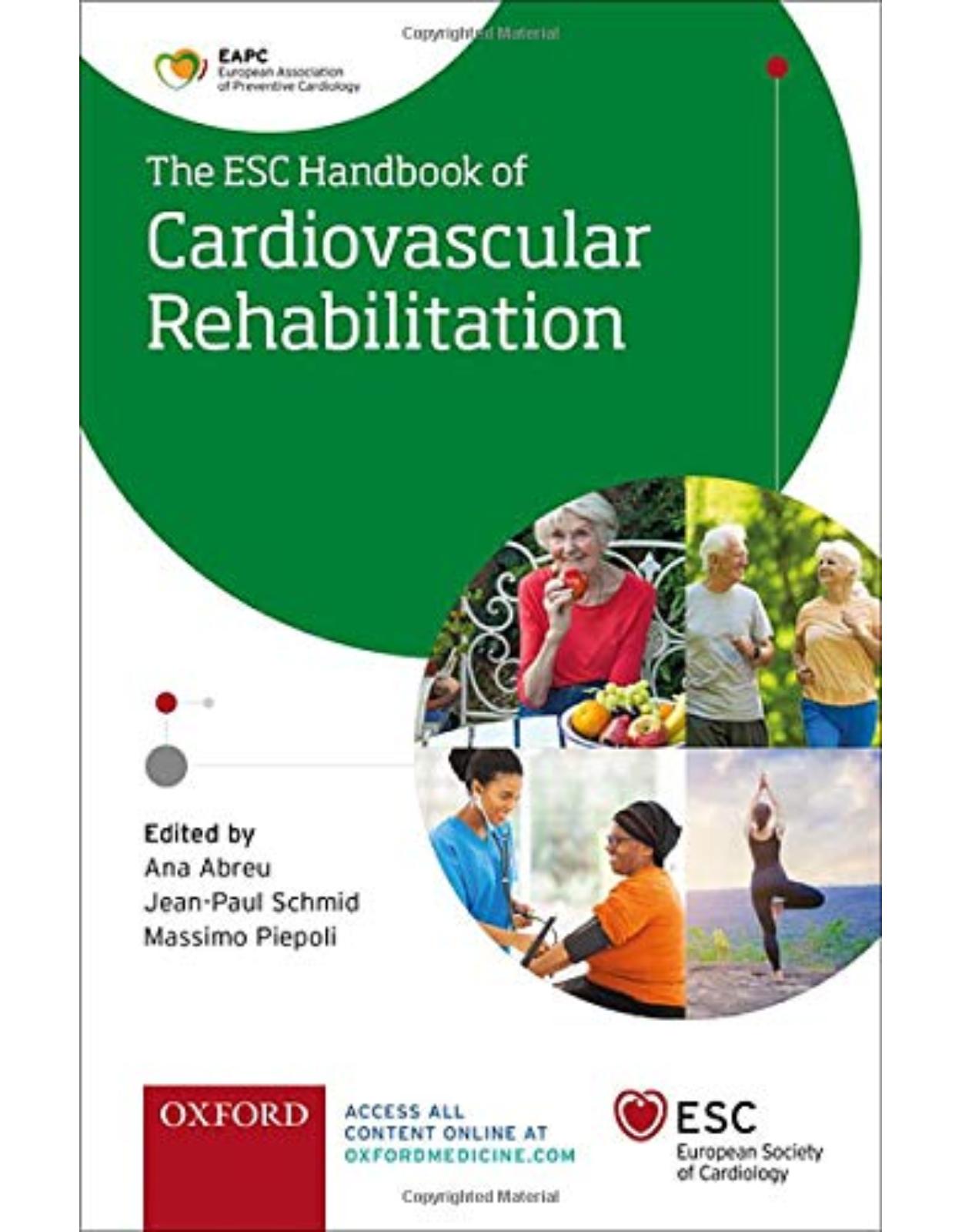
The ESC Handbook of Cardiovascular Rehabilitation
Livrare gratis la comenzi peste 500 RON. Pentru celelalte comenzi livrarea este 20 RON.
Disponibilitate: La comanda in aproximativ 4 saptamani
Editura: Oxford University Press
Limba: Engleza
Nr. pagini: 224
Coperta: Paperback
Dimensiuni: 19.3 x 1.27 x 12.7 cm
An aparitie: 27 Aug. 2020
Description:
This guide is directed at the multi-disciplinary team dealing with cardiac rehabilitation. It is a practical handbook for everyday professionals on what they should do following cardiac events and return to work. It is adapted to the needs of cardiac rehabilitation centers. · Key publication from the European Association of Preventive Cardiology (EAPC) · Companion handbook to The ESC Handbook of Preventive Cardiology: Putting Prevention into Practice This handbook is directed at cardiologists in training and practice, specialist (cardiac) nurses, technicians, exercise physiologists and other healthcare professionals involved in the multidisciplinary process of cardiac rehabilitation · Practical user-friendly handbook style presentation · Covers the complete spectrum of rehabilitation care · Key team members address key issues - smoking, diet and physical activity · Focus on high risk patients (family approach)
Table of Contents:
1. Evidence for cardiac rehabilitation in the modern era
Summary
Introduction
The evidence
Conclusion
References
Further reading
2. Different settings for cardiac rehabilitation
Summary
Introduction
Organization of cardiac rehabilitation
Alternative models of cardiac rehabilitation
The core components of home-based cardiac rehabilitation
Effects of home-based cardiac rehabilitation compared with hospital- or centre-based cardiac rehabilitation
Conclusion
References
Further reading
3. Cardiac rehabilitation: referral and barriers
Summary
Introduction
Barriers to CR uptake
Conclusion
References
Further reading
4. Human and material resources, structural, and organizational recommendations
Summary
Introduction
Human resources and organizational issues
Organizational aspects, infrastructural and material resources
Conclusion
References
Further reading
5. Recovering from acute heart events
Summary
Introduction
Cardiac rehabilitation after acute heart events
Conclusion
References
Further reading
6. Early assessment and risk stratification
Summary
Introduction
Early assessment
Risk profile
Conclusion
References
Further reading
7. Modalities of physical activity and exercise in the management of cardiovascular health in individuals with cardiovascular risk factors
Summary
Introduction
Effects of physical activity and exercise training on CVD risk factors
How to prescribe exercise for improvement of CVD risk factors
Conclusion
References
Further reading
8. Exercise training for low-risk patients
Summary
Introduction
Assessment of low-risk patients
Prescription for aerobic endurance training
Prescription for dynamic resistance training
Precautions and safety in exercise training for low-risk patients
Conclusion
References
9. Exercise training programmes for high-risk and specific groups of patients
Summary
Introduction
Definition of ‘high-risk’ patients
Assessment of high-risk patients
Determination of exercise intensity
Exercise modalities
Specific populations (patients with ICD, CRT, and assist devices)
Conclusion
References
Further reading
10. Diet and nutritional aspects of cardiac rehabilitation
Summary
Introduction
Diet and nutritional aspects in patients with cardiovascular disease
Accounting for comorbidities, diabetes mellitus, and hypertension
Nutritional aspects in patients with malnutrition issues
Weight management and risk of cachexia and frailty
Conclusion
References
11. Educational intervention
Summary
Introduction
General considerations
Conclusion
References
Further reading
12. Intervention for depression, anxiety, and stress in cardiovascular patients
Summary
Introduction
How does depression increase cardiac mortality?
How do we diagnose depression in cardiac patients?
How do we treat depression?
Is treatment of depression in cardiac patients able to reduce mortality?
Conclusion
References
Further reading
13. Management of non-conventional risk factors
Summary
Introduction
Uric acid
Circulating and urinary biomarkers
Genetic markers
Vascular damage
Kidney dysfunction
Conclusion
References
14. How to improve adherence to medication and lifestyle measures
Summary
Introduction
Factors influencing non-adherence, non-adherence risk groups, and facilitators of adherence
How to measure adherence
Specific strategies for promoting pharmacological adherence
Specific strategies for promoting non-pharmacological adherence
Cardiac rehabilitation: secondary prevention programmes and adherence
Models and theories of change and adherence
Techniques for behavioural change
New electronic technologies
Conclusion
References
Further reading
15. Cardiac rehabilitation for geriatric and frail patients
Summary
Introduction
Cardiac rehabilitation in the elderly
Frailty definition and evaluation
Cardiac rehabilitation in frail elderly patients
Exercise interventions in frail patients
Other components of cardiac rehabilitation interventions in elderly patients
Conclusion
Case 1
Case 2
References
Further reading
16. Return to work
Summary
Introduction
Predictors of return to work
Conclusion
References
Further reading
17. Specific issues with physical activity after cardiac rehabilitation
Summary
Introduction
How to promote regular physical activity after phase II cardiac rehabilitation
How to prescribe and/or recommend regular physical activity after phase II cardiac rehabilitation
Conclusion
References
Further reading
18. Cardiopulmonary exercise test
Summary
Introduction
How to perform a cardiopulmonary exercise test
Interpreting the results of cardiopulmonary exercise tests
Conclusion
References
Further reading
19. Technological issues
Summary
Introduction
Monitoring in cardiac rehabilitation
Digital health
Future directions
References
Further reading
20. eHealth in cardiac rehabilitation
Summary
Introduction
How to implement cardiac tele-rehabilitation: organizational aspects
How to implement cardiac tele-rehabilitation: practical aspects
How to cope with legal frameworks and changing technologies
Conclusion
References
Further reading
21. The EXPERT tool: how to make exercise prescription easy
Summary
Introduction
The EXPERT tool: features and functionalities
The EXPERT training centre
Conclusion
Acknowledgement
References
Further reading
Index
| An aparitie | 27 Aug. 2020 |
| Autor | Ana Abreu, Jean-Paul Schmid, Massimo Piepoli |
| Dimensiuni | 19.3 x 1.27 x 12.7 cm |
| Editura | Oxford University Press |
| Format | Paperback |
| ISBN | 9780198849308 |
| Limba | Engleza |
| Nr pag | 224 |
-
1,12300 lei 93000 lei

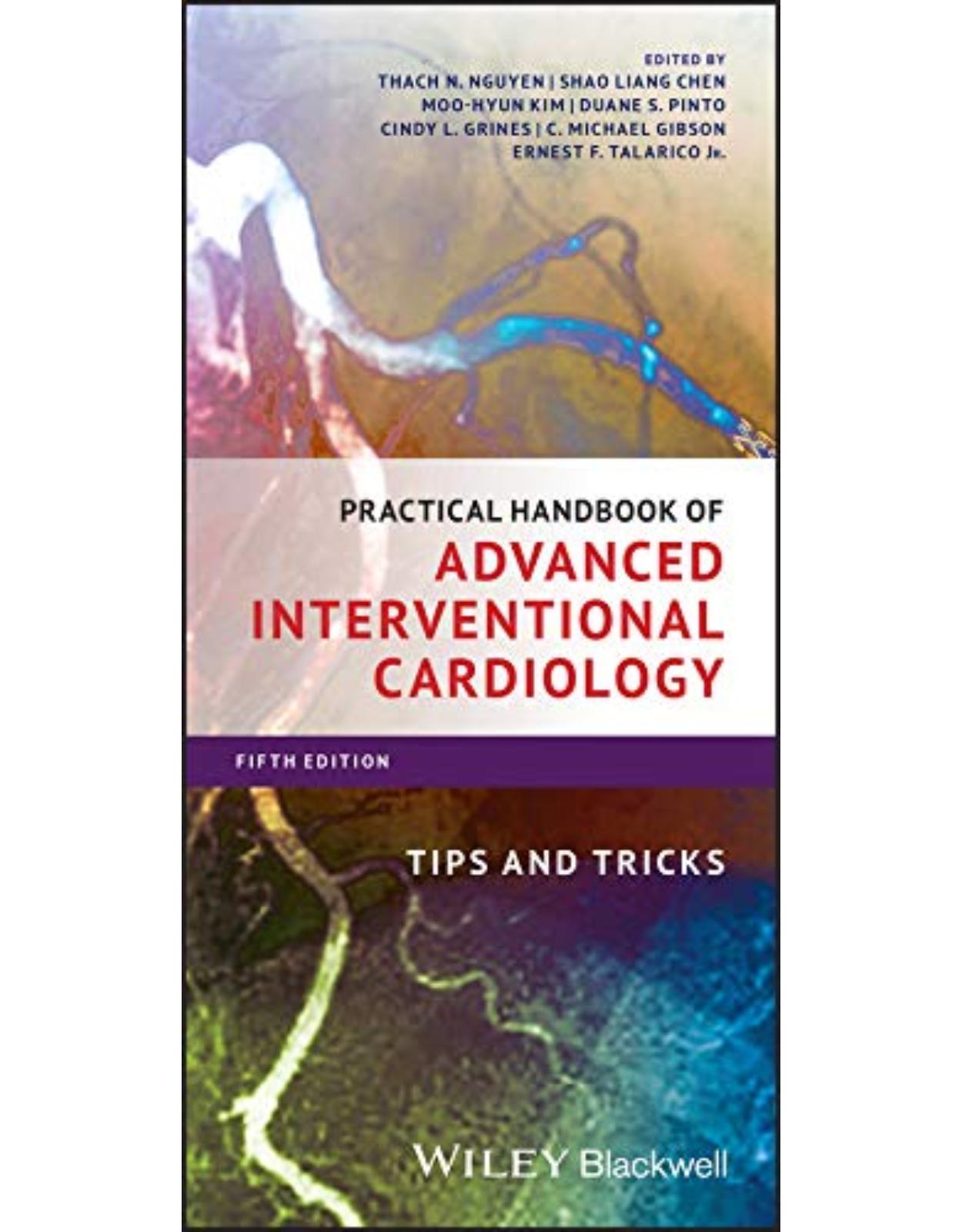
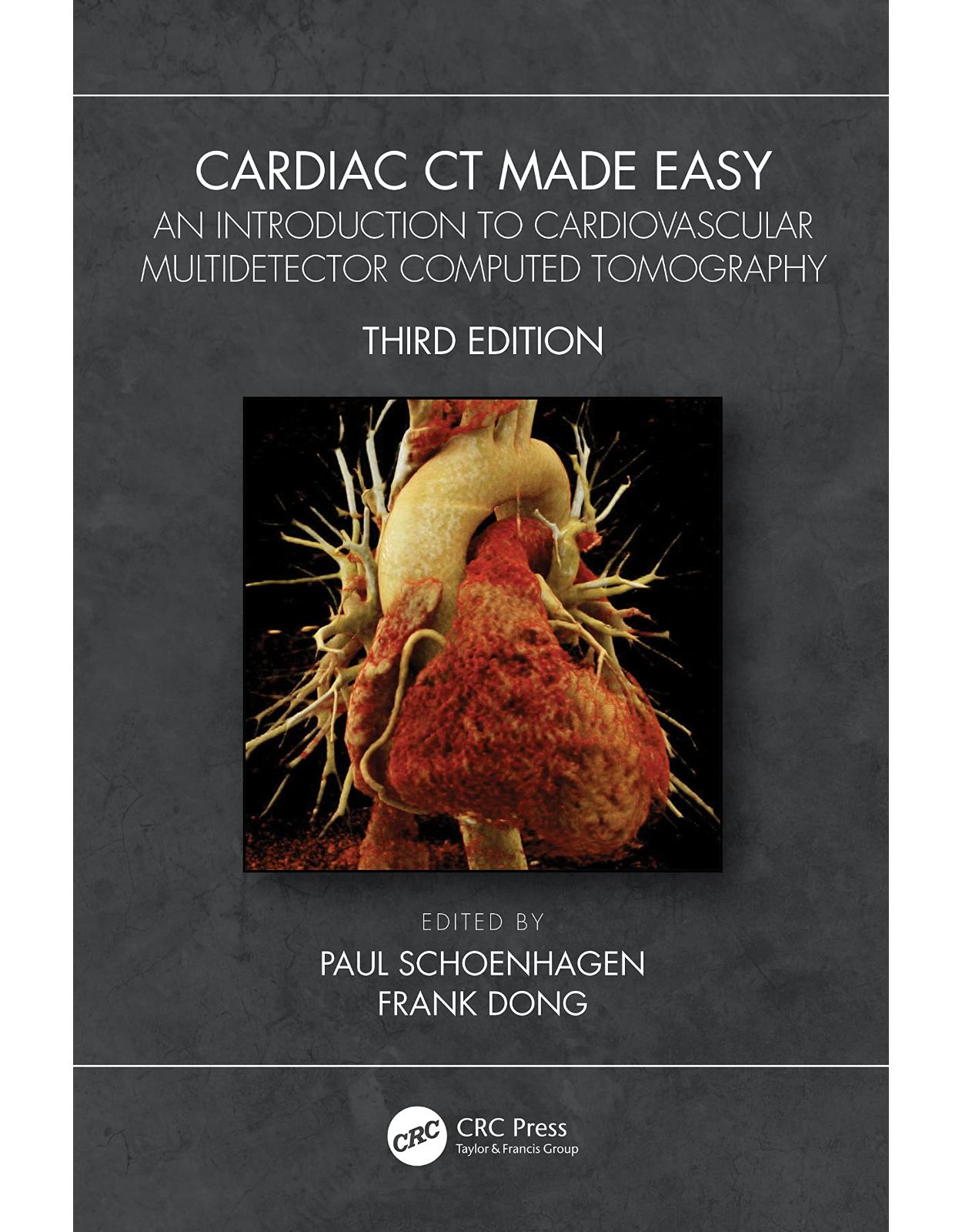
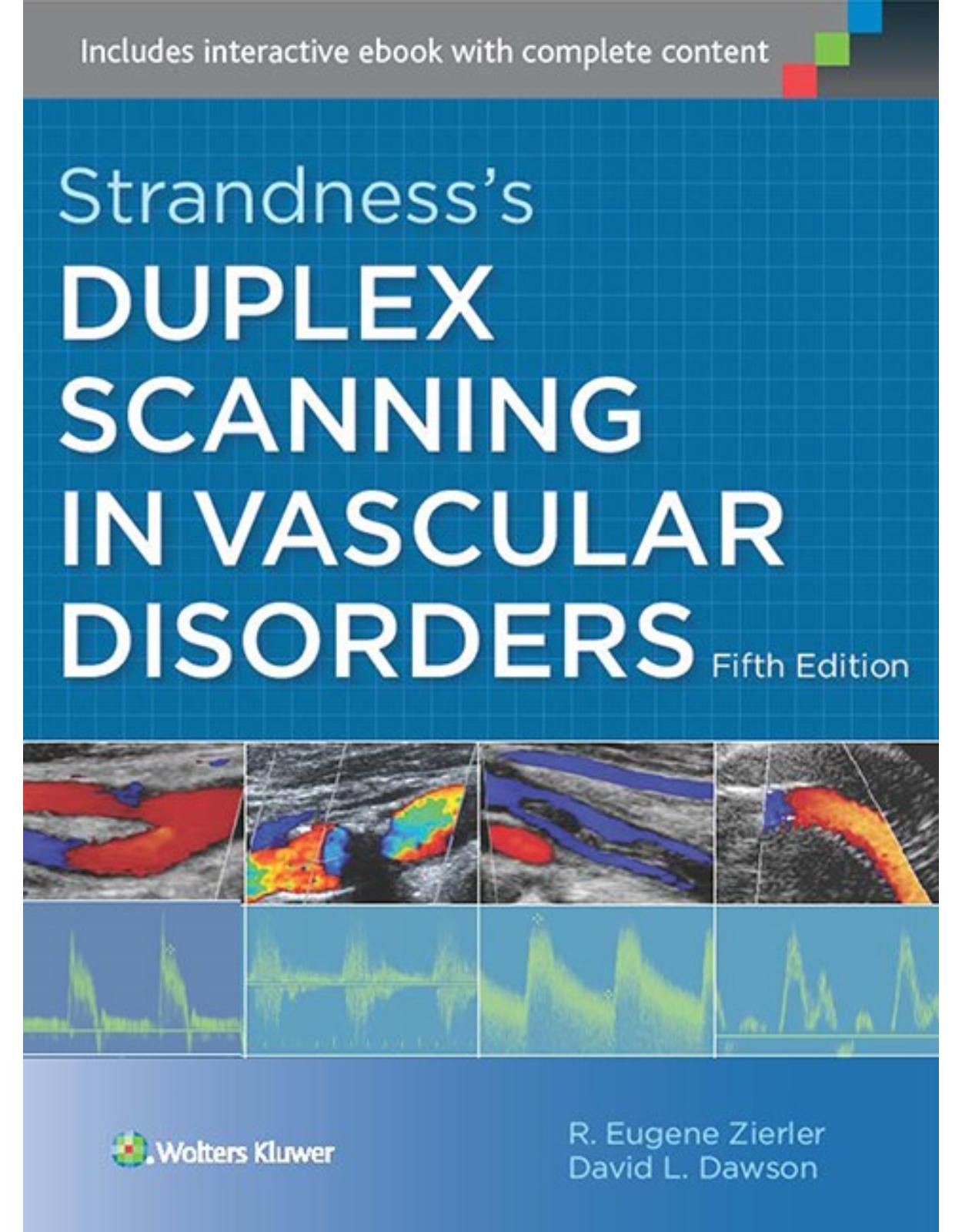
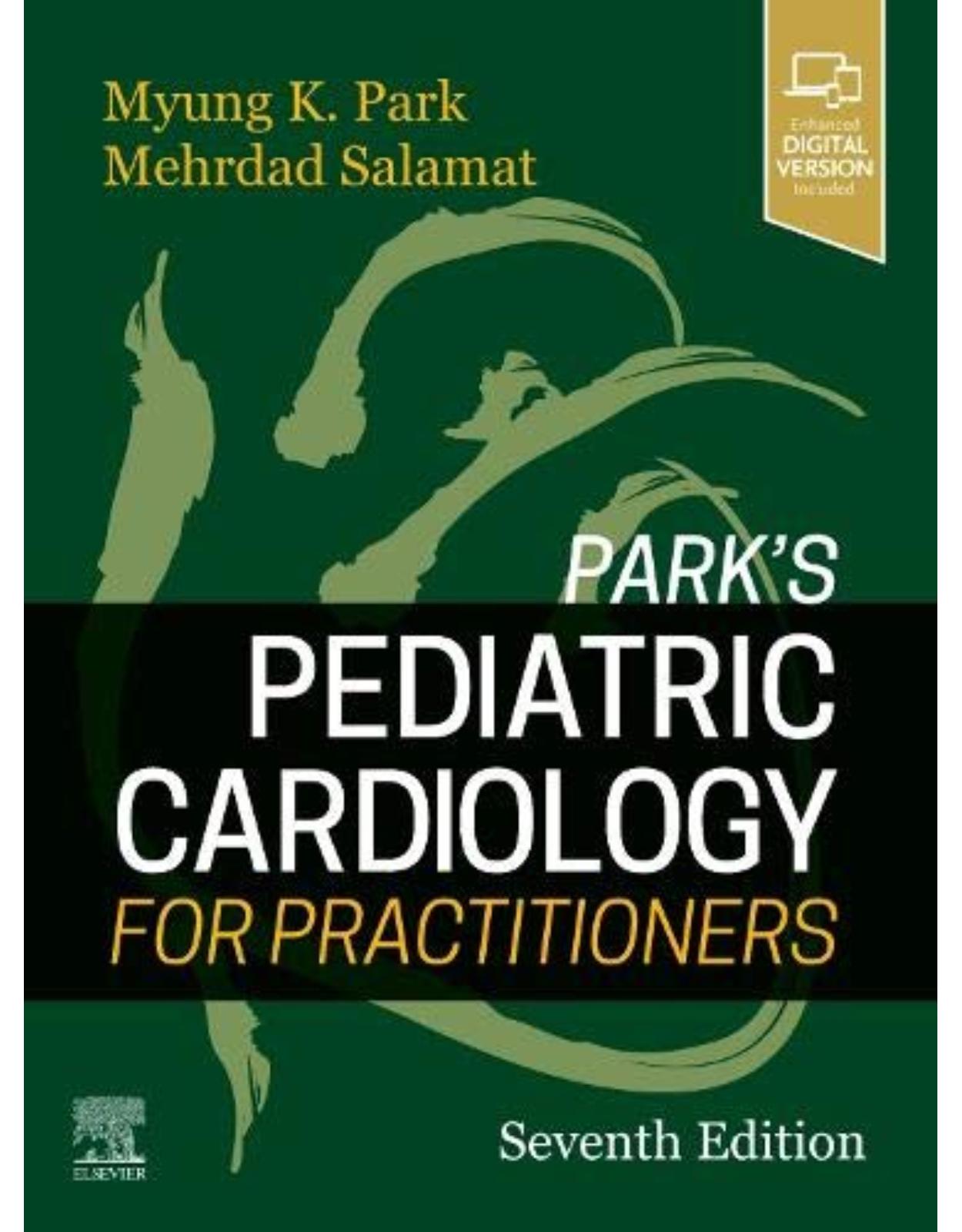
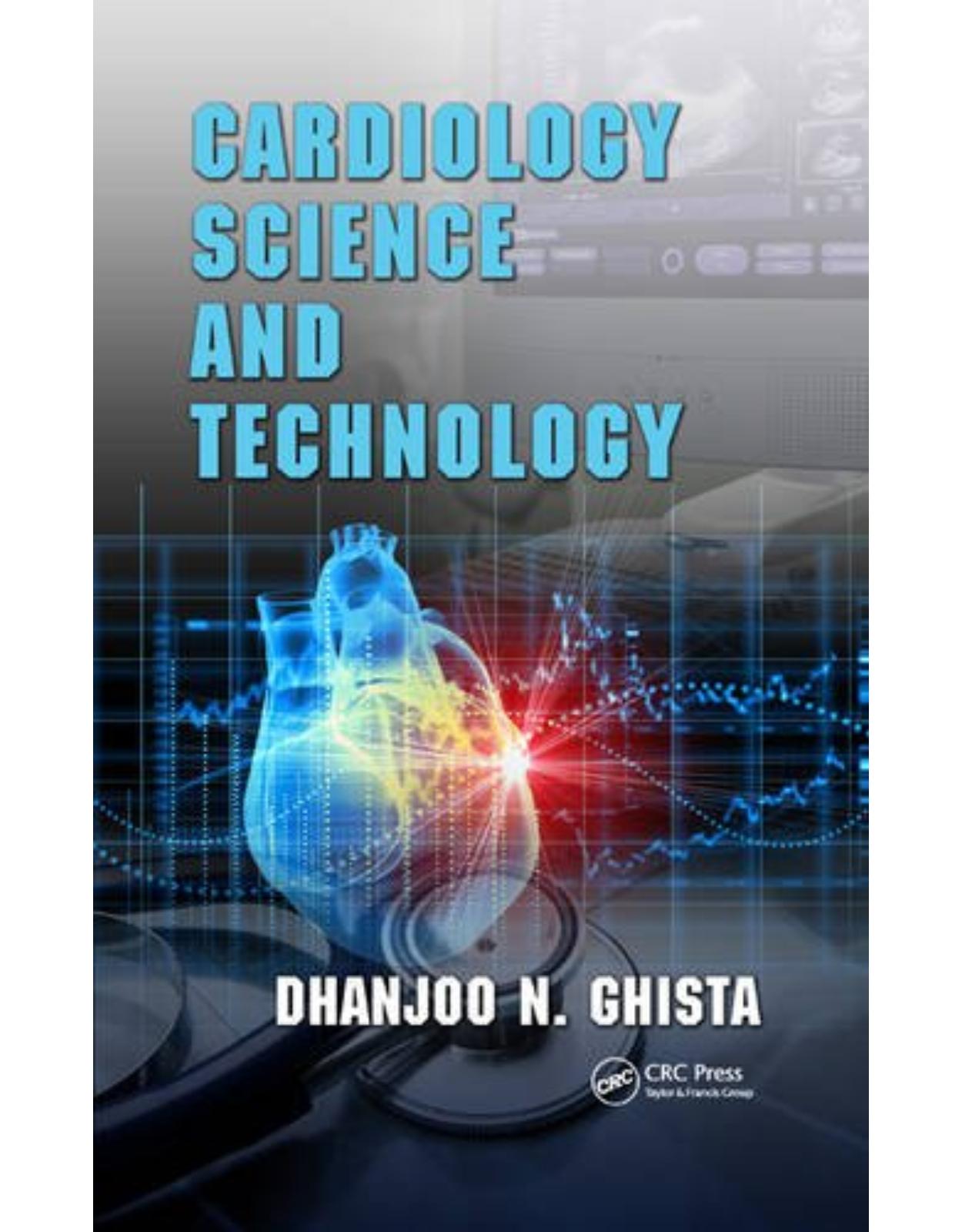
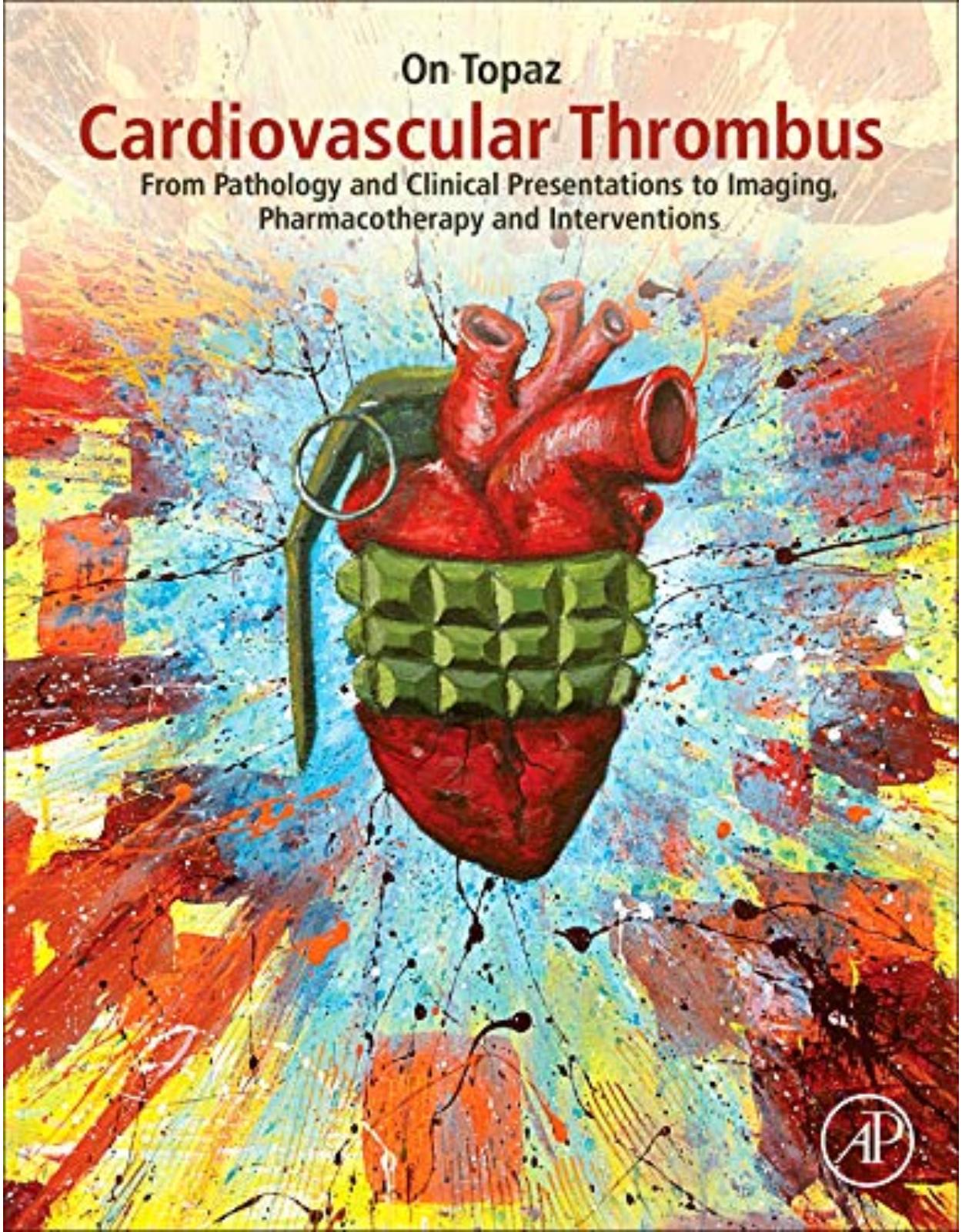
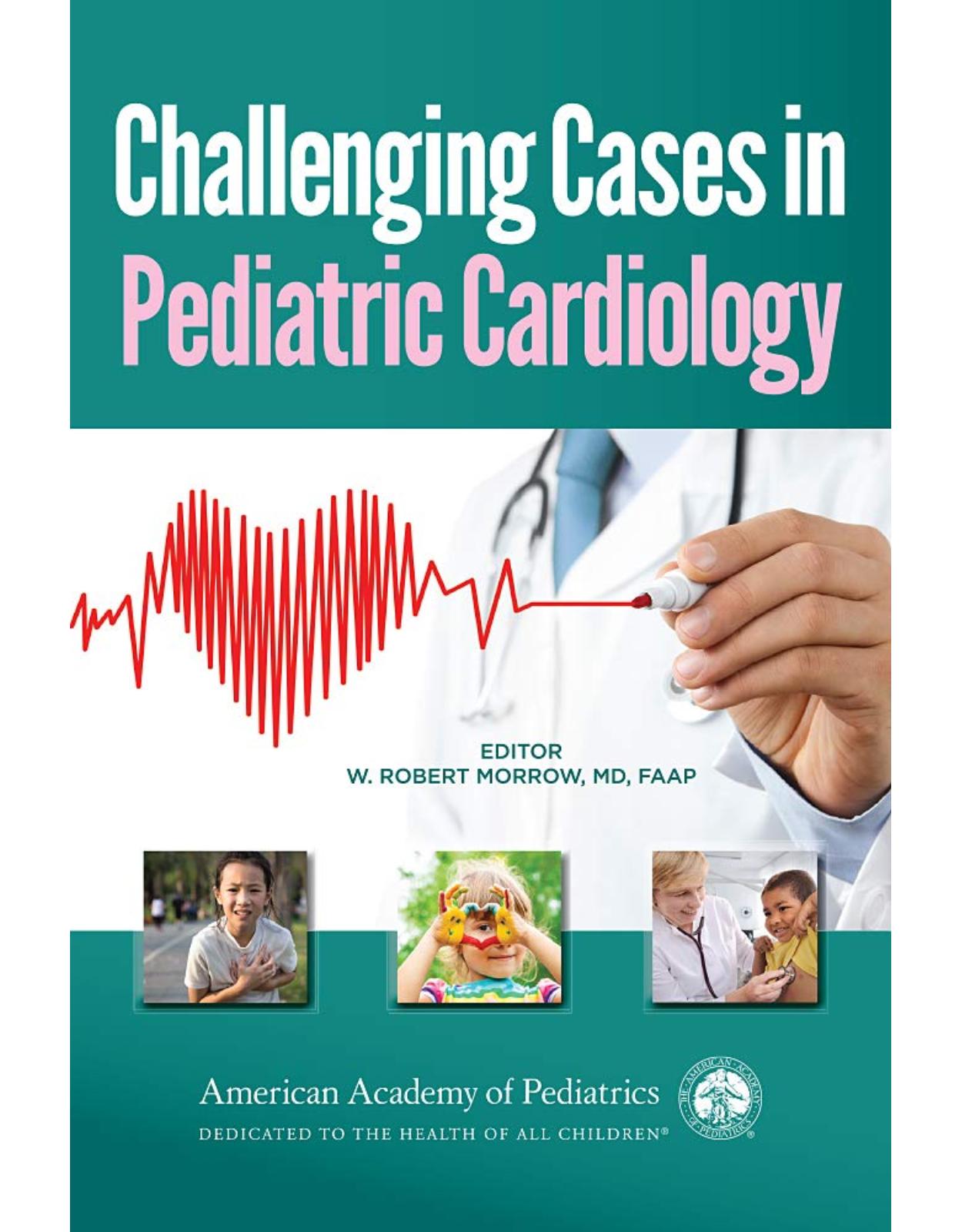
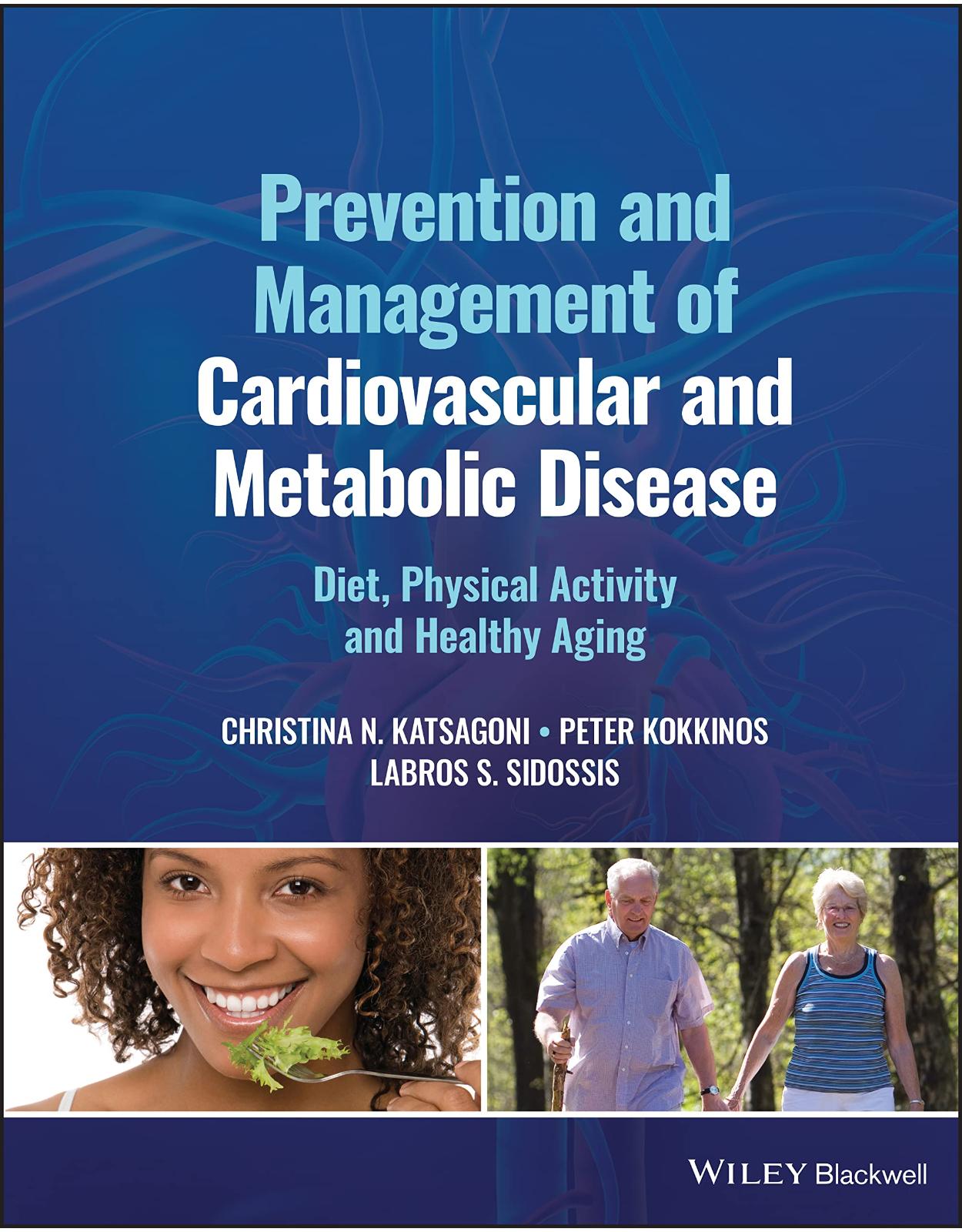
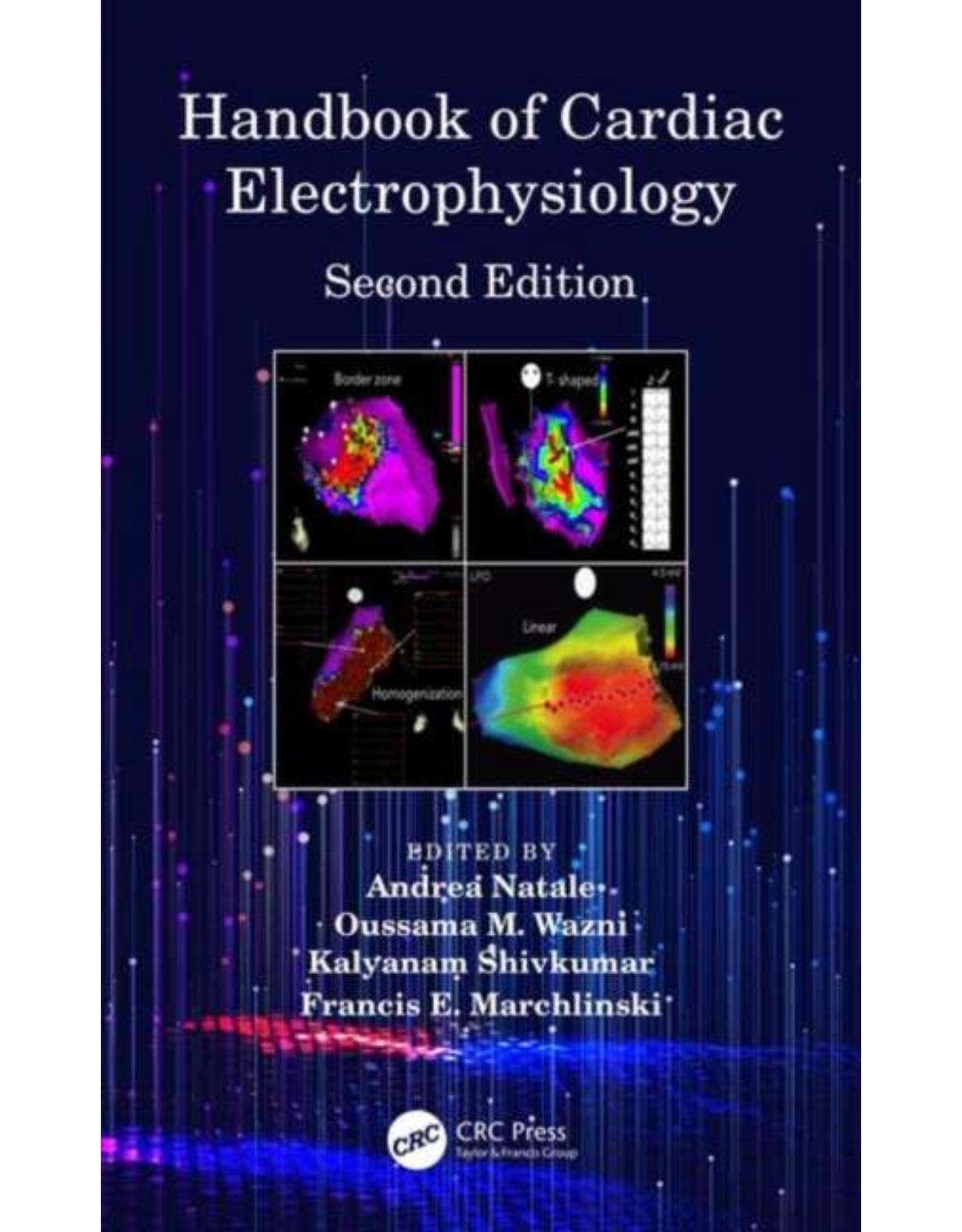
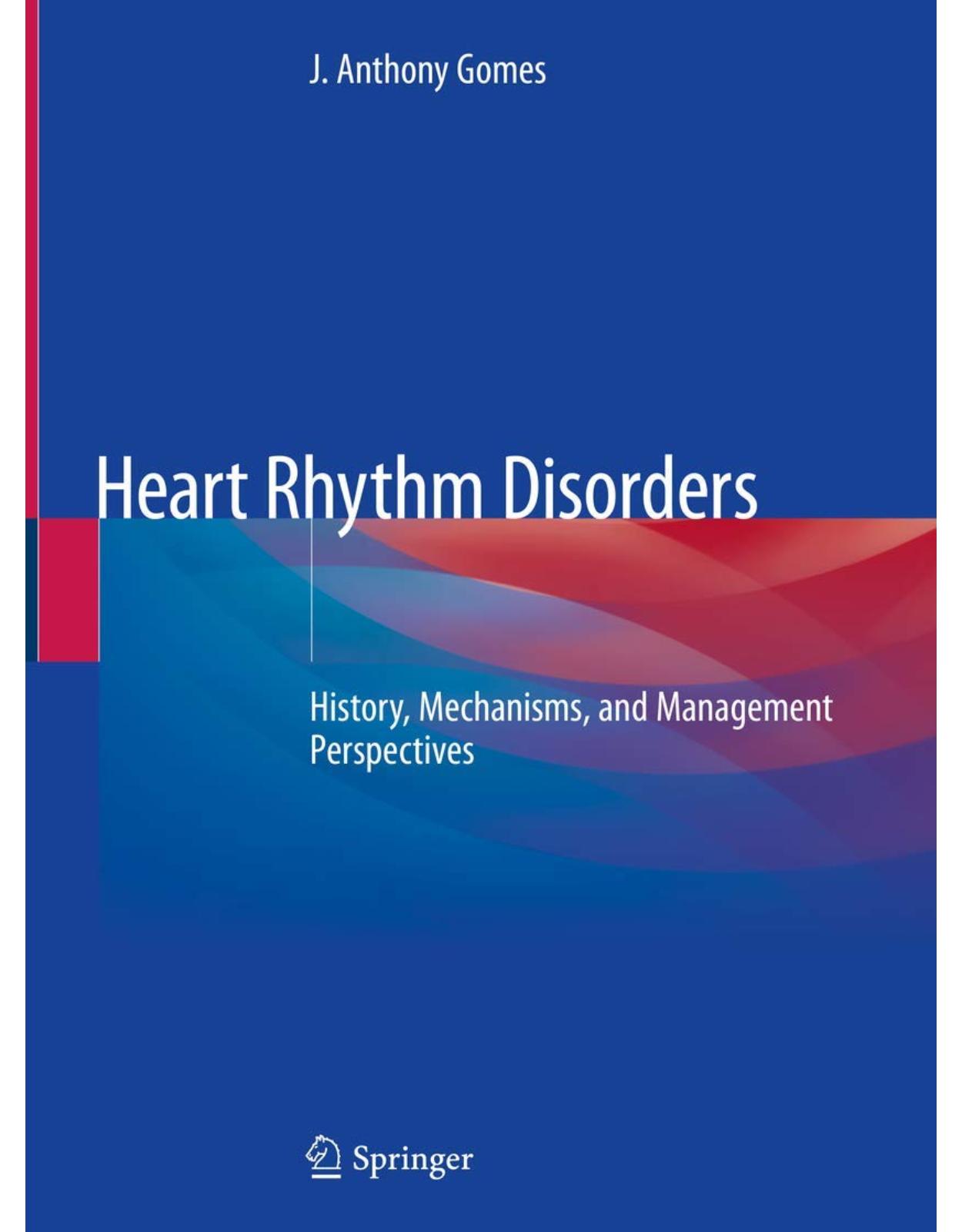
Clientii ebookshop.ro nu au adaugat inca opinii pentru acest produs. Fii primul care adauga o parere, folosind formularul de mai jos.